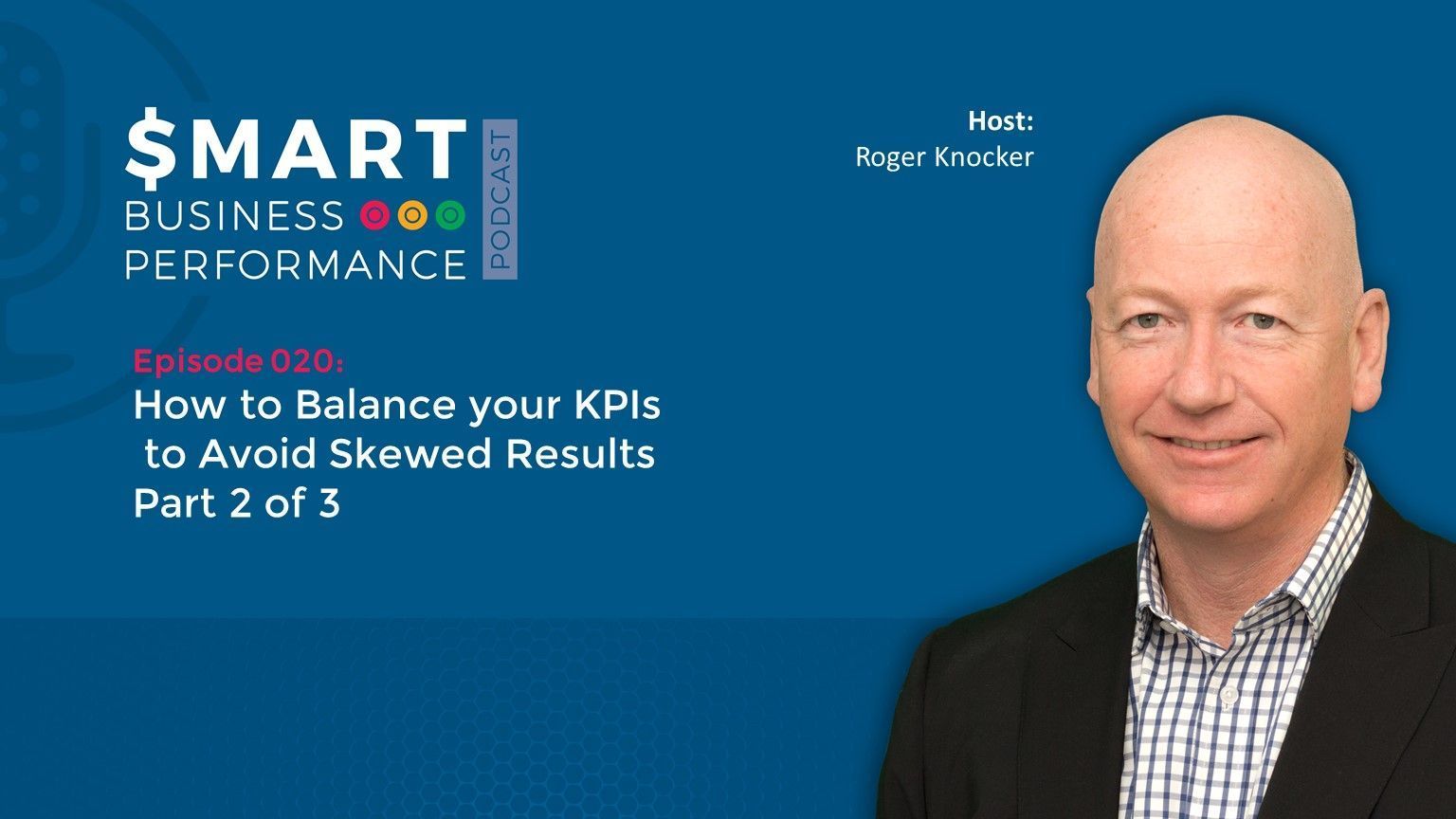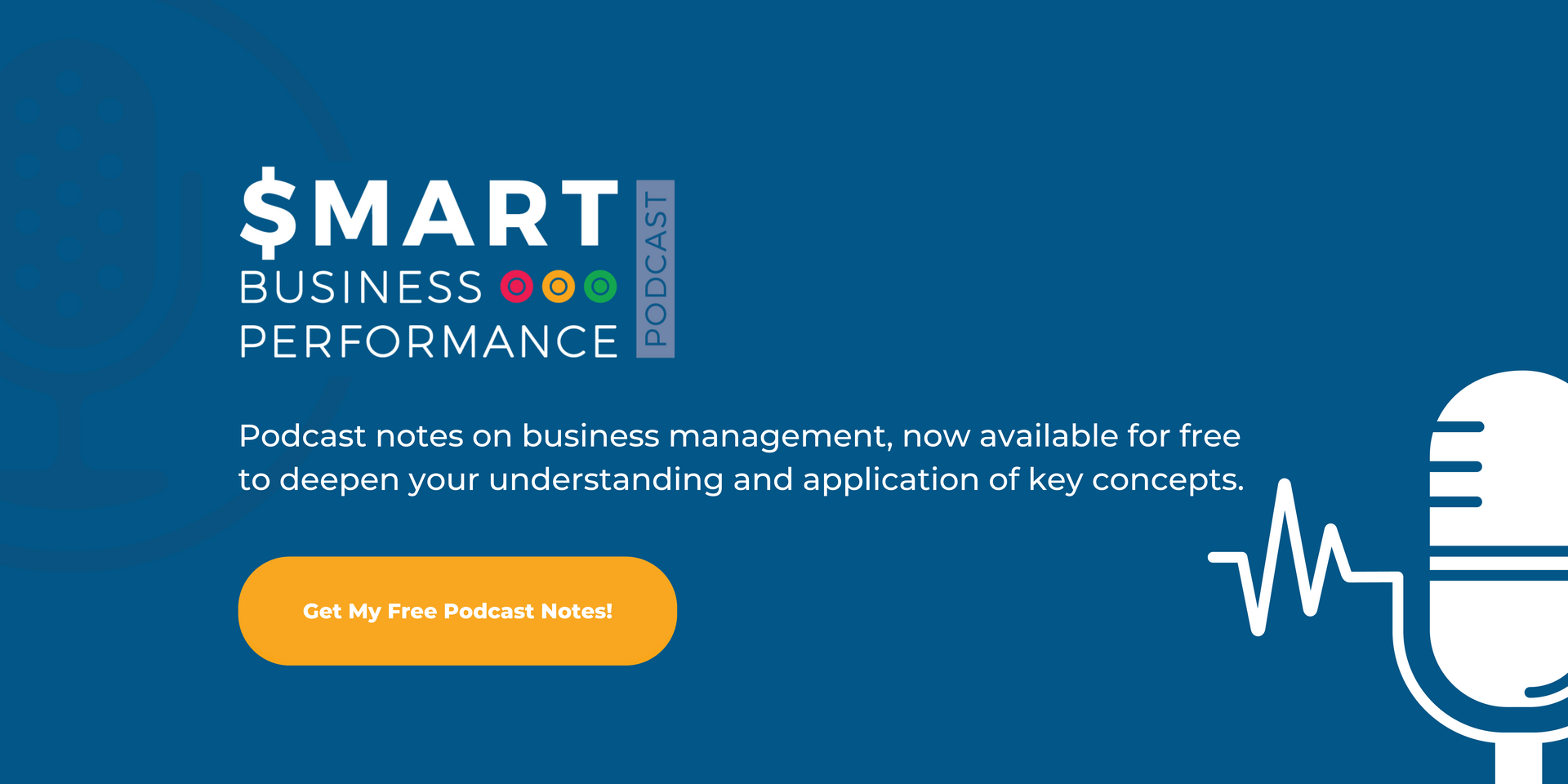SBP021: How to Balance your KPIs Part 2 of 3
Roger Knocker • January 21, 2024
SBP021: How to Balance your KPIs Part 2 of 3

When choosing KPIs for every business, team or individual, first consider who the customer is (external or internal) and what they want.
You will typically find that the starting point is that they want a product or service and it can be summarized as follows:
These are the basic deliverables that virtually every deliverable must possess.
So, when you’re choosing KPIs, try and address these 3 value drivers with matching KPIs.
So, if you are setting KPIs for a Service Desk engineer you could start with 3 KPIs
Here are 5 other ways you can balance your KPIs
Tip
Always ensure that you have addressed quality, timeliness and Quantity in a scorecard or dashboard before moving on
Resources mentioned in the podcast
www.kpims.co.za/kpis
Www.kpims.co.za/training
You will typically find that the starting point is that they want a product or service and it can be summarized as follows:
- Quality – they want the product or service at the level of quality they are paying for, and
- Timeliness – They want it on time, and
- Quantity – they will want sufficient of it to meet their requirements
These are the basic deliverables that virtually every deliverable must possess.
So, when you’re choosing KPIs, try and address these 3 value drivers with matching KPIs.
So, if you are setting KPIs for a Service Desk engineer you could start with 3 KPIs
- Quality – % First-time Fixes
- Timeliness- % SLA met
- Quantity – # Average number of calls closed per week
Here are 5 other ways you can balance your KPIs
- Efficiency
- Effectiveness
- Lead and lag indicators
- Capabilities or Inputs
- Process adherence
Tip
Always ensure that you have addressed quality, timeliness and Quantity in a scorecard or dashboard before moving on
Resources mentioned in the podcast
Visit
www.kpims.co.za/kpis
Www.kpims.co.za/training

When did finance become the department of “no”? “No, we can’t spend that.” “No, that’s not in the budget.” “No, that’s not how we do it.” Here’s the truth: If finance is just a gatekeeper, it’s failing the business. Finance Isn’t Just About Numbers Andrew Brown put it bluntly on the FP&AI Podcast: “Finance should be leading conversations about the future, not just reporting the past.” Think about it— What’s the point of a month-end pack that no one reads? What’s the point of perfectly reconciled accounts if they don’t change the way decisions are made? Finance isn’t just about accuracy. It’s about impact . The Business Partner Mindset T he best finance professionals think like entrepreneurs. They ask: Where are we really making money? What assumptions are broken? How do we change the levers to hit our goals? They don’t just report results. They interpret them. They walk into the room with a story, a strategy, and a plan. What Johan Taught Us Remember Johan, the volunteer deacon who turned financial updates into action? He wasn’t trying to impress anyone with accounting jargon. He used a worm chart and a waterfall chart to tell a simple story: Are we on track with donations? If not, where are we falling behind—and why? It worked because it made the future clear. That’s what business partnering looks like. The Shift Every Finance Team Must Make B ookkeepers report. Business partners lead. The shift is subtle but powerful: From data-dumping to decision-driving. From hiding behind compliance to leading with insight. From “here are the numbers” to “here’s what they mean—and what to do next.” Your Move So, is your finance team stuck in bookkeeping mode? Or are you stepping up as a commercial conscience— the team that sees ahead and helps the business win? The mindset shift starts here: Stop asking “What happened?” Start asking “What’s next?” ________________________________________ This article is inspired by my conversation with Andrew Brown on the FP&AI Podcast – Episode 1: Finance as a True Business Partner – Beyond the Numbers.



